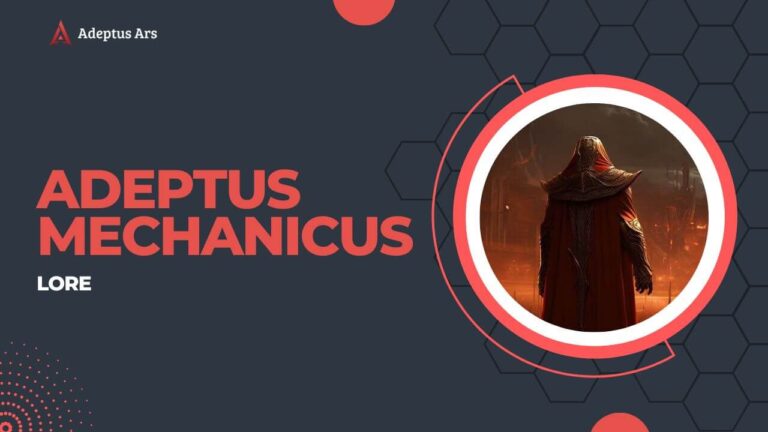This guide takes you on a journey into the world of the Adeptus Mechanicus, a group known for their technological mastery in the Warhammer 40,000 game.
We explore their beginnings, their unique beliefs, and how important they are in the larger story of Warhammer 40,000.
The Adeptus Mechanicus is not just technologically advanced, but also deeply spiritual, worshipping the deity of machines, the Omnissiah.
We look at how they use their knowledge to wield great power within the Imperium of Man, and how their relationships with other groups shape the ongoing battles across the galaxy. This exploration offers a clear view into the complex and fascinating world of these tech-savvy masters.
W40K Adeptus Mechanicus Lore: Table of Contents
Introduction to the Adeptus Mechanicus
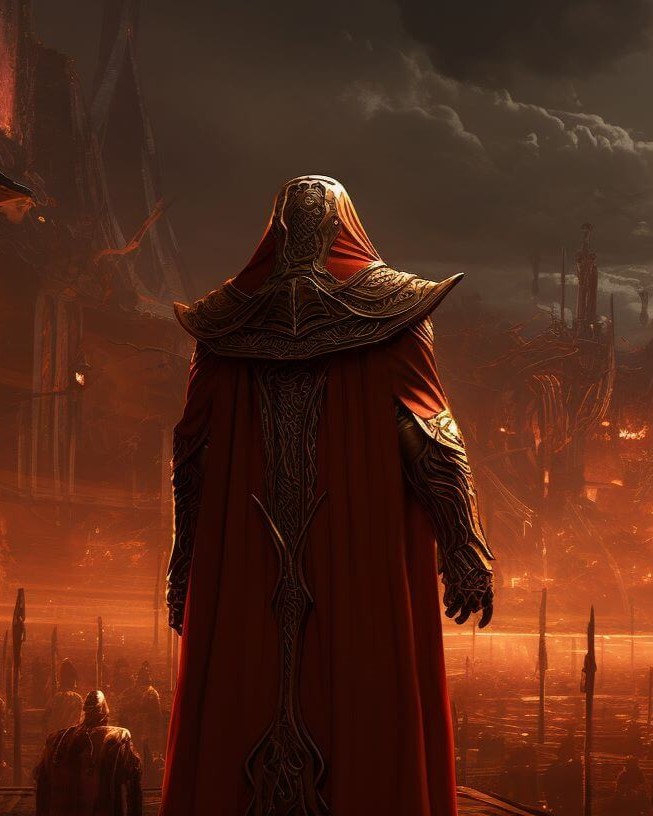
In the vast, war-torn universe of Warhammer 40,000, the Adeptus Mechanicus stands out as a beacon of technological prowess and mystical fervor. This guide offers an insightful journey into their world, revealing the depth and complexity of this faction.
From their ancient origins on Mars to their critical alliance with the Imperium and their unique religious practices, each aspect of the Adeptus Mechanicus is a testament to their enduring quest for knowledge and power.
This introduction sets the stage for a detailed exploration of their history, beliefs, and the impact they have on the galaxy-spanning wars of the future.
Origins: From the Depths of Mars to the Stars
The Adeptus Mechanicus, now a cornerstone of the Imperium’s might, began as a congregation of technologists on Mars during the Dark Age of Technology.
This was humanity’s golden era of scientific achievement and exploration, where technological wonders were created, many of which are still revered and used by the Mechanicus. Mars, during this time, was a planet of innovation, a beacon in the dark void, leading humanity’s charge into the unknown.
However, the Age of Strife brought calamity. Mars, like the rest of human-occupied space, was cut off due to warp storms.
This period saw Mars descend into a dark age of its own, with techno-barbarian warlords and factions fighting for dominance over the red planet’s resources and ancient tech.
The tech-priests, the forebears of the Adeptus Mechanicus, emerged as a significant force during this tumultuous time.
They preserved the ancient technologies and the science of their ancestors, turning to worship the very machines they maintained. This blend of technology and religion formed the basis of what would become the Cult Mechanicus.
The Union with the Imperium: A Pact of Power and Knowledge
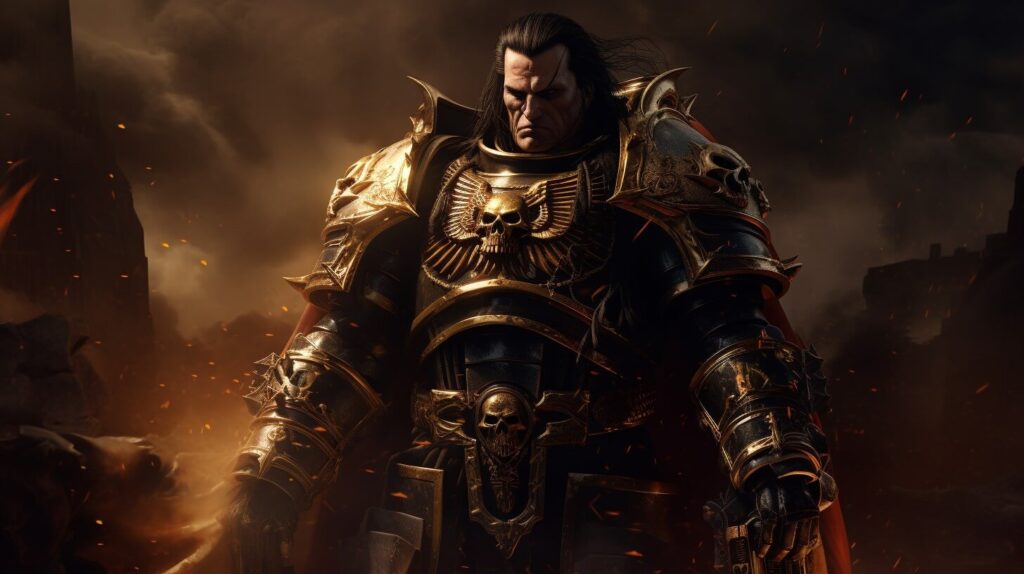
The union between the Adeptus Mechanicus and the Imperium of Man was a monumental event, one that would shape the fate of the galaxy.
The Emperor of Mankind, during the early years of the Great Crusade, sought the support of Mars, knowing its industrial and technological might were crucial for his vision of a united human empire.
The Treaty of Mars, also known as the Treaty of Olympus, was the result of this negotiation. This treaty was more than a mere alliance; it was a fusion of two powers, each complementing the other.
The Emperor promised the tech-priests autonomy in their religious and internal affairs, an offer too enticing to refuse. However, not all on Mars were pleased.
Some saw the Emperor as a tyrant, seeking to control Mars’s technological prowess for his own ends. This led to internal strife within the Mechanicum, a precursor to the schisms that would later rock the foundation of this powerful union.
The Horus Heresy, a galaxy-spanning civil war, would test this union to its limits. Mars itself was split, with factions supporting either Horus or the Emperor, leading to a bitter and devastating conflict known as the Schism of Mars.
The Cult Mechanicus: Worshipers of the Machine God
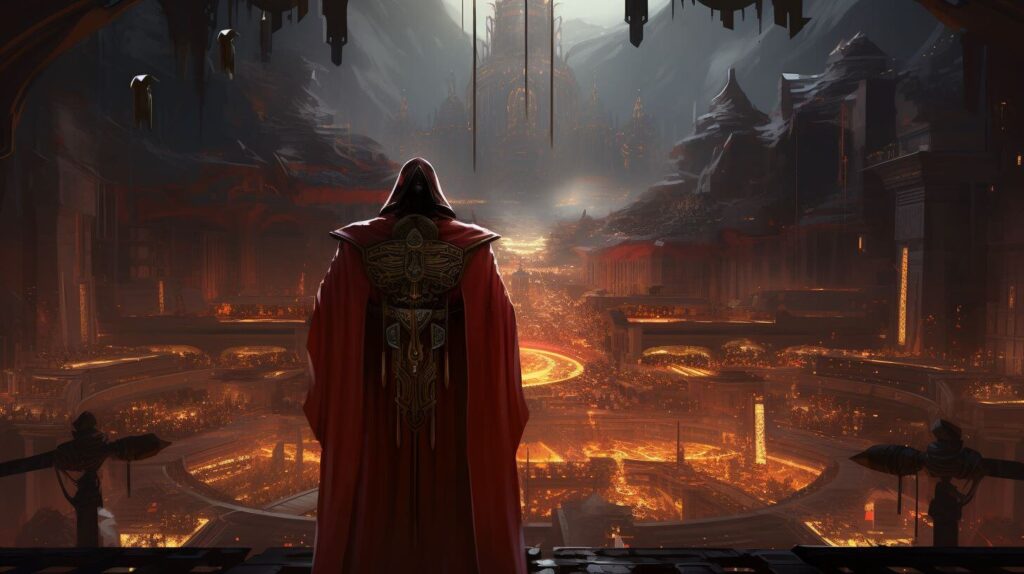
The Cult Mechanicus is a complex and fascinating aspect of the Adeptus Mechanicus. This religious order venerates the Machine God, also known as the Deus Mechanicus or Omnissiah.
Their belief system is a unique blend of technology and spirituality, viewing machines and artificial intelligences as holy and divine. The origins of this cult can be traced back to the Age of Strife, where the knowledge and technology of ancient times were preserved as sacred relics.
The Cult’s teachings hold that knowledge is the supreme form of divinity, and thus, the pursuit of knowledge and the preservation of ancient technology are sacred duties.
The Machine God, to them, is the ultimate embodiment of all knowledge and technological perfection. The Cult also awaits the Omnissiah, a prophesied physical avatar of the Machine God.
When the Emperor arrived on Mars, many in the Cult saw him as this prophesied figure, reinforcing their loyalty to the nascent Imperium.
The religious practices of the Cult Mechanicus involve intricate rituals and ceremonies, each designed to honor the Machine God and maintain the sacred machines they oversee.
The Horus Heresy and Its Aftermath
The Horus Heresy, a cataclysmic civil war within the Imperium of Man, was primarily ignited by Chaos’s manipulation but was influenced by several other factors.
The Emperor’s return and seclusion on Terra to work on a secret project created mistrust and resentment among many Primarchs.
The formation of the Council of Terra, which excluded the Primarchs, and the Emperor’s disciplining of Lorgar and the Word Bearers, further fueled the discontent.
This led to Horus’s corruption by Chaos, marking the beginning of the Heresy. Horus renounced his oath to the Emperor, swayed many Legions, regiments of the Imperial Army, and Titan Legions to his cause, portraying the Emperor as unworthy of worship.
The Schism of Mars: Internal Strife and Division
The Schism of Mars was a significant event during the Horus Heresy, reflecting the internal division within the Mechanicum.
This division was not just a simple split but a deep ideological and power struggle that mirrored the larger conflict raging across the galaxy.
The Mechanicum found itself divided in loyalty, with some units declaring for Horus Lupercal, others retaining loyalty to the Imperium, and some choosing neutrality.
The pivotal moment was when the Fabricator-General, Kelbor-Hal, joined forces with Horus, ensuring the autonomy of the Mechanicum.
His deputy, Kane, remained loyal to the Emperor, triggering a civil war on Mars known as the Schism of Mars. This schism led to the creation of the Dark Mechanicum, representing those who fought against the Emperor.
Post-Heresy Era: A Doctrine Cemented in Dogma
Following the Horus Heresy, known as The Great Scouring, the Imperium launched a counter-offensive against the rebel armies of Horus.
his period was marked by the Imperium’s efforts to reacquire territory and cleanse corrupted systems. The death of Horus did not end the fighting but renewed the loyalists‘ determination to eliminate the rebels. Many worlds were punished for their indecision or secession during the Heresy.
This era saw the reorganization of the Imperium’s forces and the introduction of significant political changes, primarily overseen by Roboute Guilliman.
This included the division of the Space Marine Legions into Chapters and the splitting of the Imperial Army into the Imperial Guard and the Imperial Navy. These measures were intended to curb the power of any single individual, preventing another rebellion of such scale.
The Horus Heresy and its aftermath were defining moments in the Warhammer 40,000 universe, reshaping the destiny of humanity and the structure of the Imperium. The events of this period have left an indelible mark on the galaxy, influencing the political, military, and spiritual landscape for millennia to come.
The Quest for Knowledge
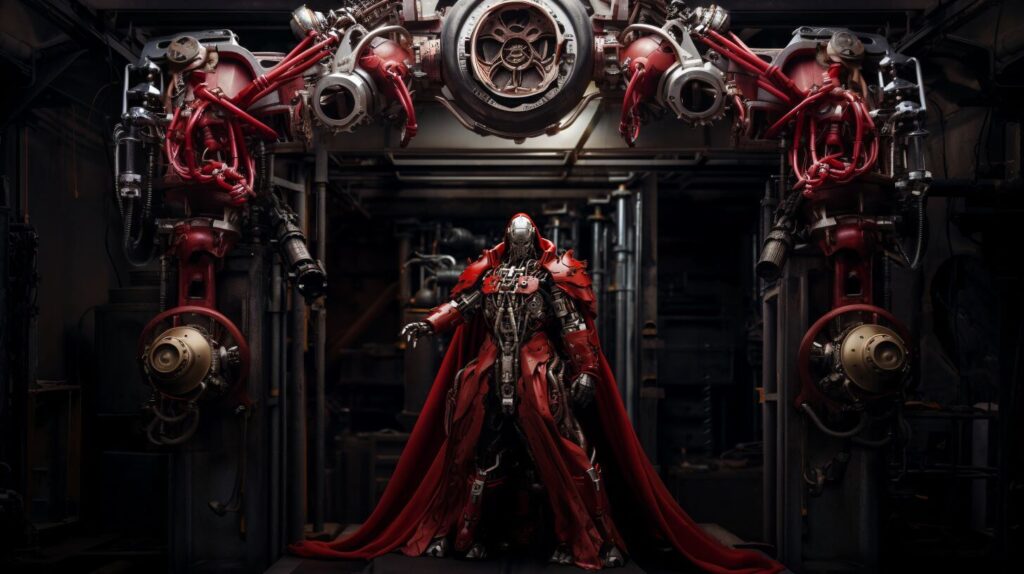
The Quest for Knowledge is the core driving mission of the Adeptus Mechanicus, a pursuit so vital that it shapes their very existence and actions within the Warhammer 40,000 universe.
This quest is not merely academic; it’s a relentless search for lost technology, particularly the Standard Template Constructs (STCs), which are viewed as the pinnacle of human achievement from the Dark Age of Technology.
These STCs contain designs for advanced machinery and devices crucial for the survival and advancement of humanity. Over the millennia, the Mechanicus has been able to recover or reconstruct much of this knowledge, though the most advanced technologies remain elusive.
Each piece of recovered STC knowledge, no matter how small, is treated with the utmost reverence, akin to holy texts.
The Search for the Standard Template Constructs (STCs)
The focus of the Adeptus Mechanicus’s quest lies in the recovery of STCs. These systems are essentially databases of human technological achievement from the Dark Age of Technology, containing blueprints for constructing various technologies.
The recovery of even fragments of STCs is considered a monumental achievement, with instances in history where significant discoveries have been made, albeit rarely.
Despite these successes, no fully functional STC system has ever been recovered, and the Mechanicus continues to search the galaxy for these priceless artifacts.
The information obtained from these fragments has led to significant advancements and the creation of new technology within the Imperium.
Innovation vs. Dogma: The Mechanicus Approach to Technology
The approach of the Adeptus Mechanicus to technology is marked by a delicate balance between innovation and dogma.
While they are driven by a quest for knowledge, their approach is heavily influenced by their religious beliefs, particularly the tenets of the Cult Mechanicus. They venerate the Machine God and believe in the sanctity of machines and technology.
This reverence leads to a complex relationship with technological advancement; while they actively seek out ancient technology, they are often reluctant to innovate, preferring to replicate and preserve the technology of the past.
This has resulted in a stagnation of technological progress in some areas, as the Mechanicus often views new inventions with suspicion, preferring to rely on the proven designs of the past.
Factions and Internal Dynamics
The Adeptus Mechanicus is not a monolithic entity; it is comprised of various factions and philosophical schools, each with its own approach to the Quest for Knowledge and the veneration of the Machine God.
These factions include groups like the Aes Omnissiah, which experiments with the purity of form, and the Alium Union, advocating for the value of all in the quest for knowledge. Others, like the Carnicula and the Crucible Resolviate, delve into more controversial areas, such as life-extending techniques and Xenos machine spirits research.
These diverse factions reflect the complex internal dynamics of the Adeptus Mechanicus, where debates and conflicts over doctrine and technology are common.
This diversity underscores the Mechanicus’s commitment to their primary goal of preserving and enhancing human knowledge and technology, despite differing methods and ideologies.
Disciples of the Machine God: Tech-Priests and Their Roles
Tech-Priests are the backbone of the Adeptus Mechanicus, serving as both spiritual leaders and technological experts.
They are the bridge between the arcane technology of the past and the religious fervor of the Cult Mechanicus. Tech-Priests oversee all aspects of Mechanicus operations, from the maintenance of ancient technology to leading exploratory missions in search of lost STCs.
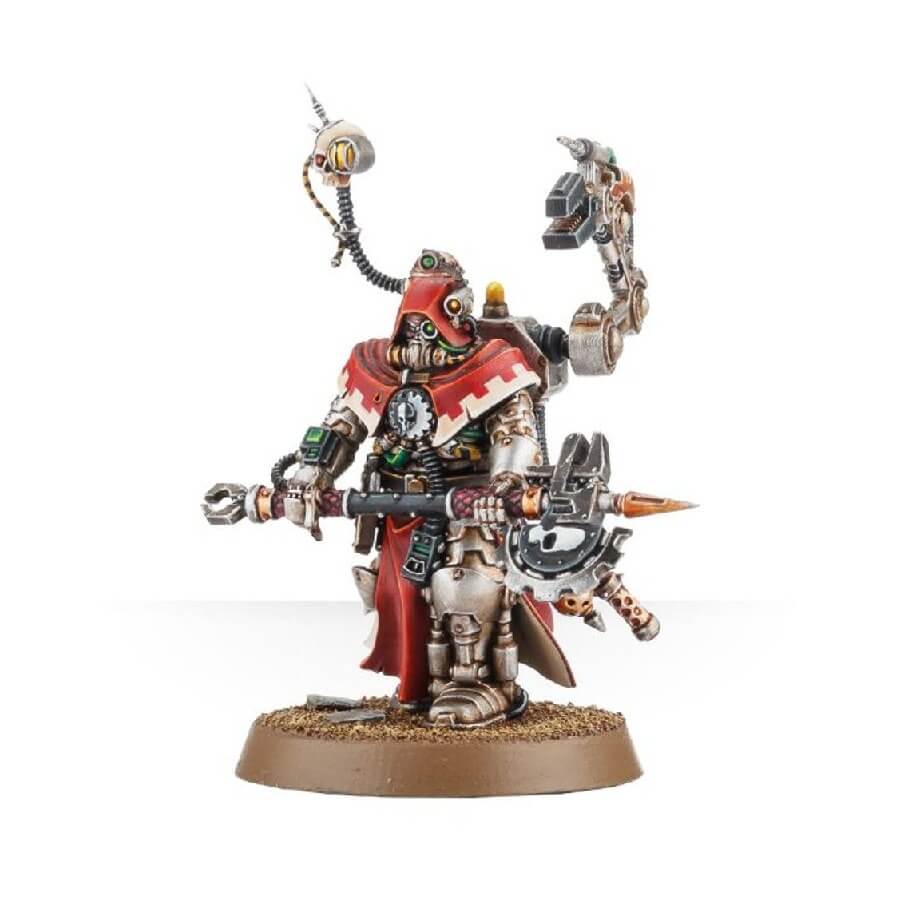
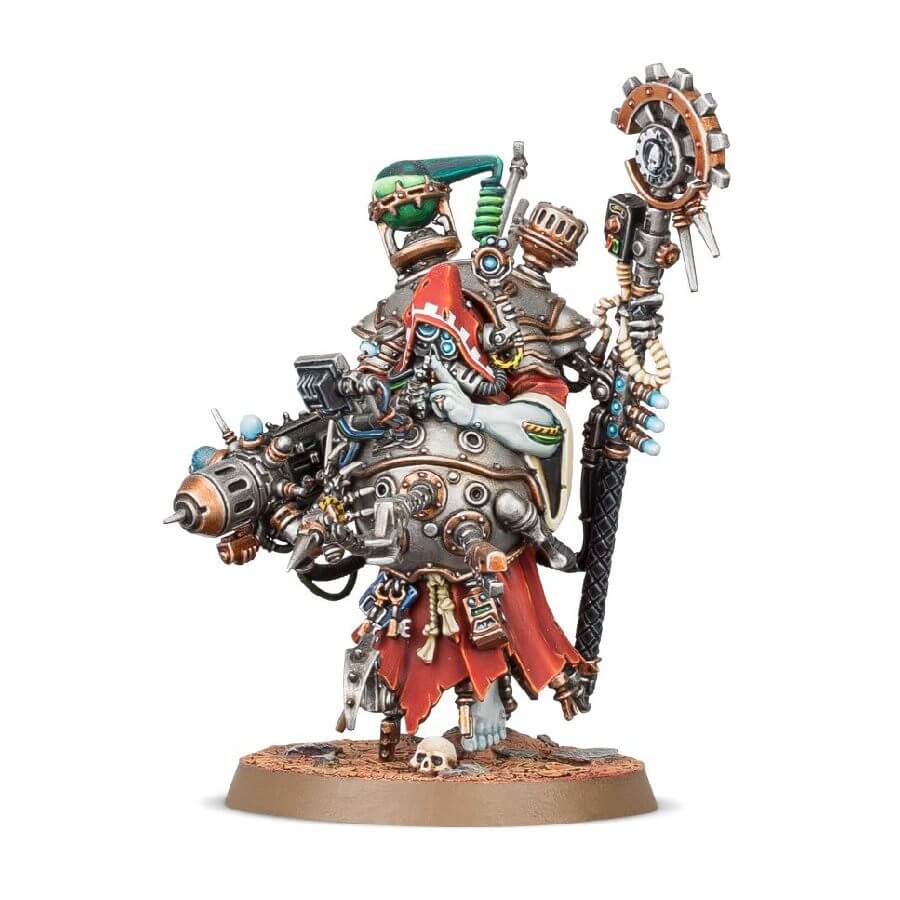
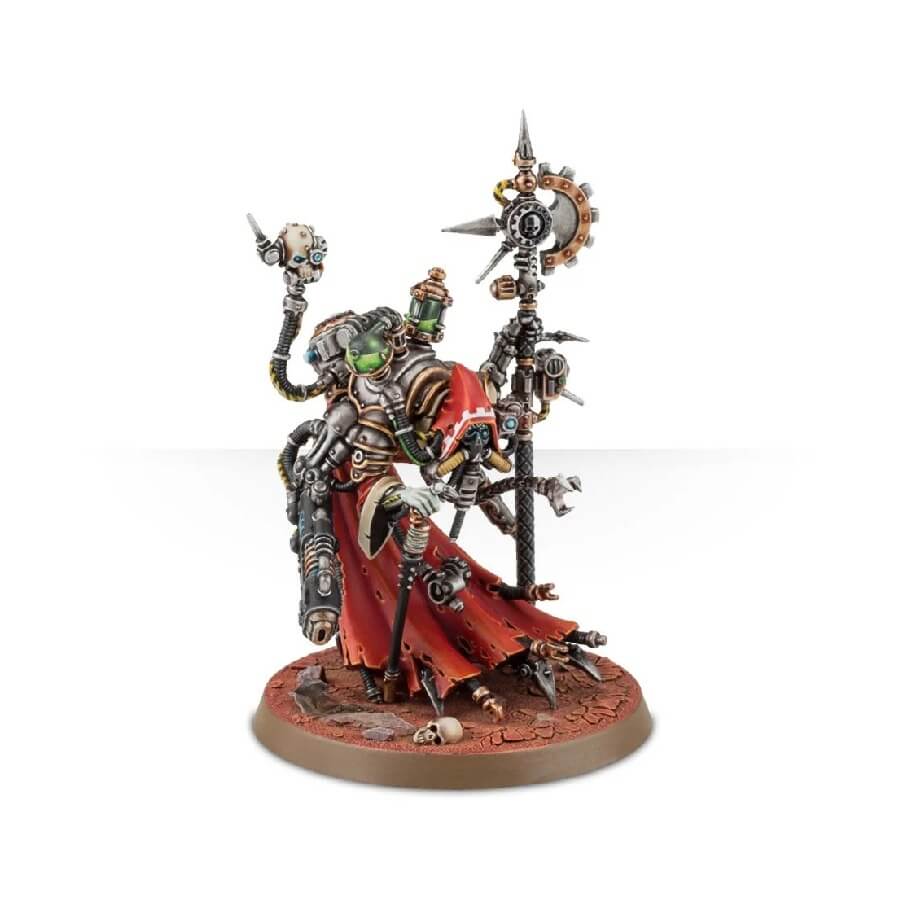
Their roles vary widely, encompassing everything from research and development to the administration of Forge Worlds.
Each Tech-Priest combines technical expertise with religious devotion, viewing the machines they work with as embodiments of the divine. This unique combination of roles makes them essential to both the spiritual and practical aspects of the Adeptus Mechanicus.
Skitarii and Electro-Priests: The Military Might of Mars
The Skitarii and Electro-Priests represent the military arm of the Adeptus Mechanicus.
The Skitarii are the Mechanicus’s primary fighting forces, consisting of cybernetically enhanced soldiers equipped with advanced weaponry.
They are known for their discipline and effectiveness in battle, often deployed in harsh environments and key strategic locations across the galaxy.
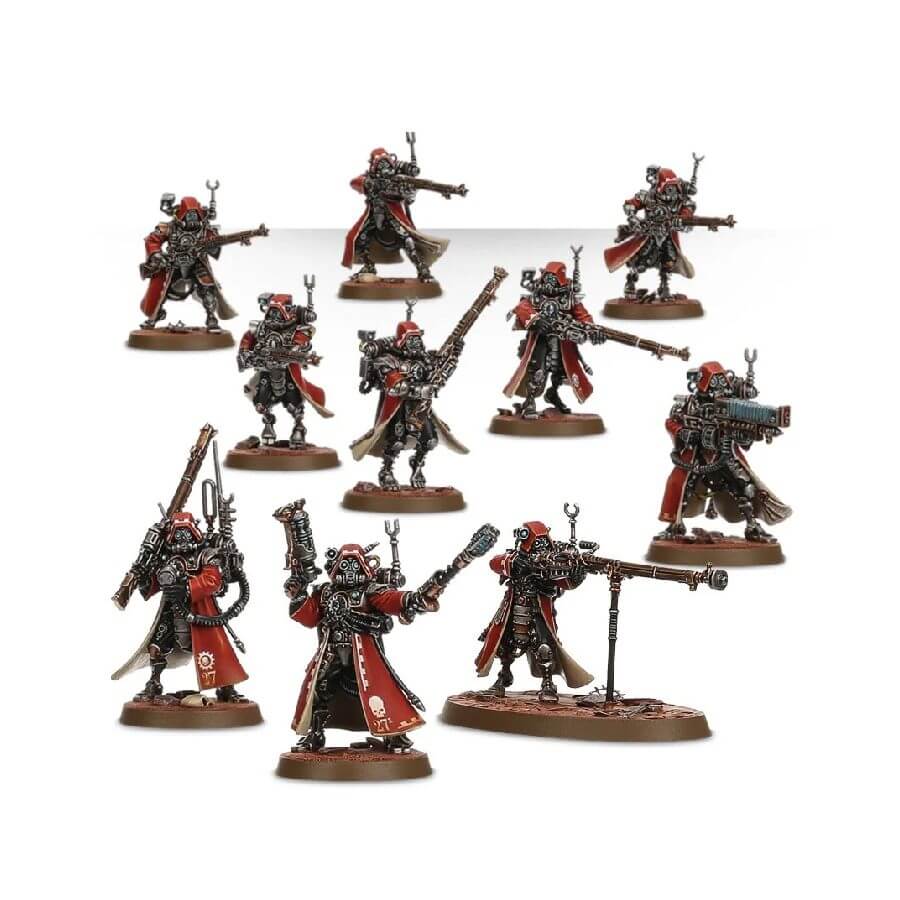
Electro-Priests, on the other hand, are a more esoteric branch, combining religious fervor with potent electrical weaponry. They channel the power of the Motive Force, a sacred concept in the Cult Mechanicus, using it to smite their foes.
The presence of these forces on the battlefield underscores the Adeptus Mechanicus’s commitment to defending their interests and the wider Imperium, combining faith and firepower to formidable effect.
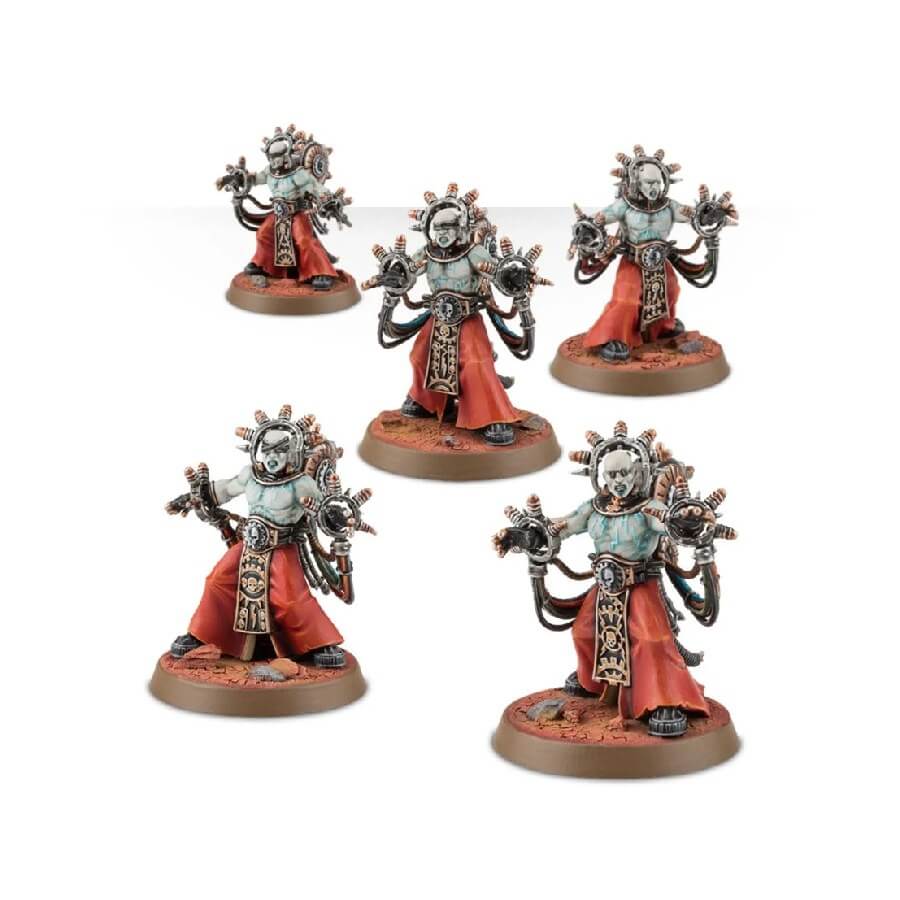
Technological Dominance and Influence
The Adeptus Mechanicus holds a unique position within the Imperium of Man, largely due to their technological dominance and influence.
As the guardians and primary developers of Imperial technology, they have a near-monopoly over its use, construction, and modification.
This position grants them immense power within the Imperium, as they are the sole providers of the machinery and weapons that are vital for the survival and expansion of human space.
Their control extends from the simplest of agricultural tools to the most complex of war machines, including the towering Titans of the Adeptus Titanicus.
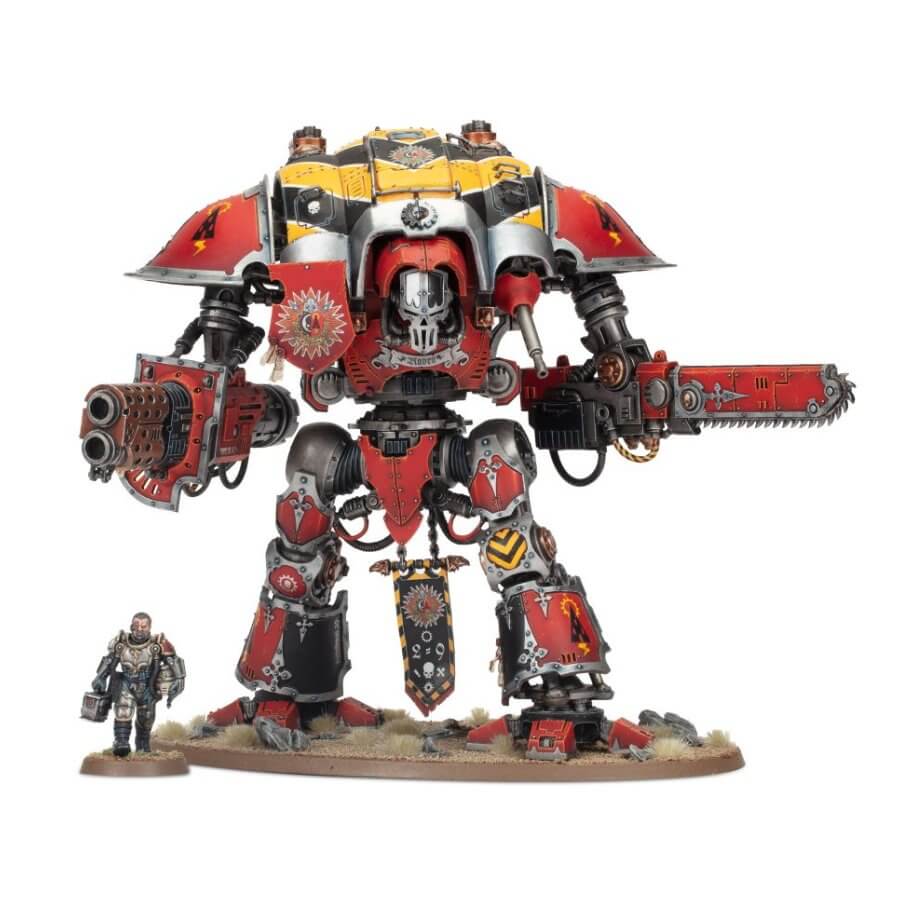
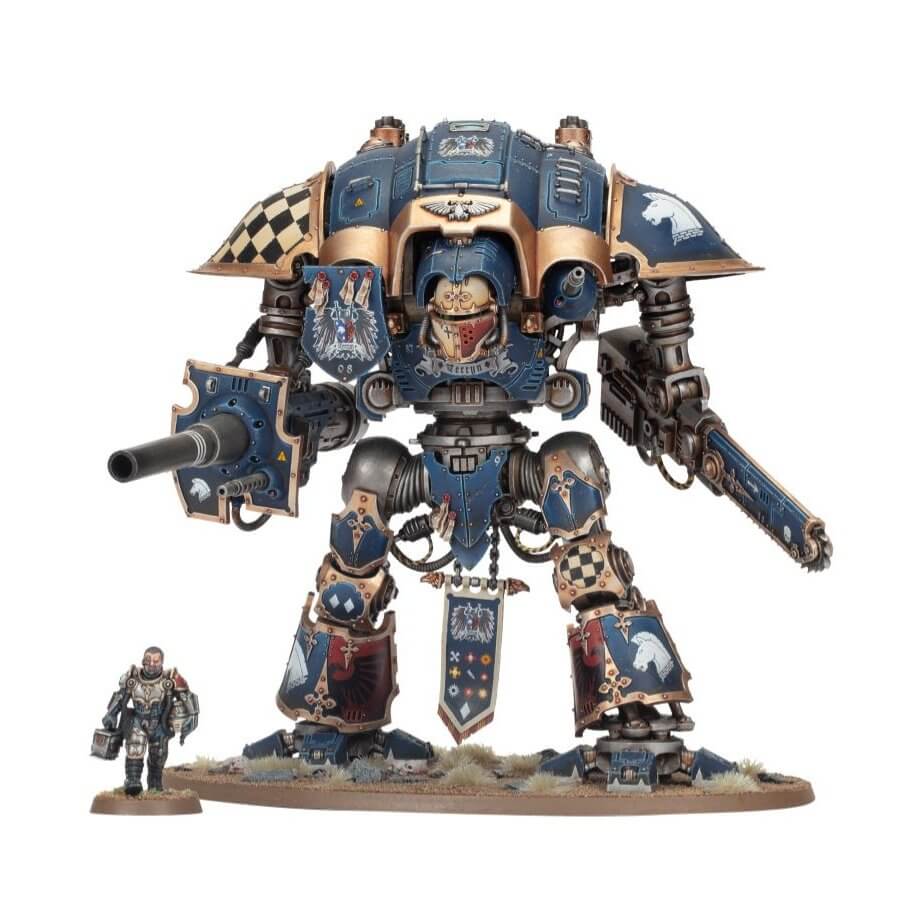
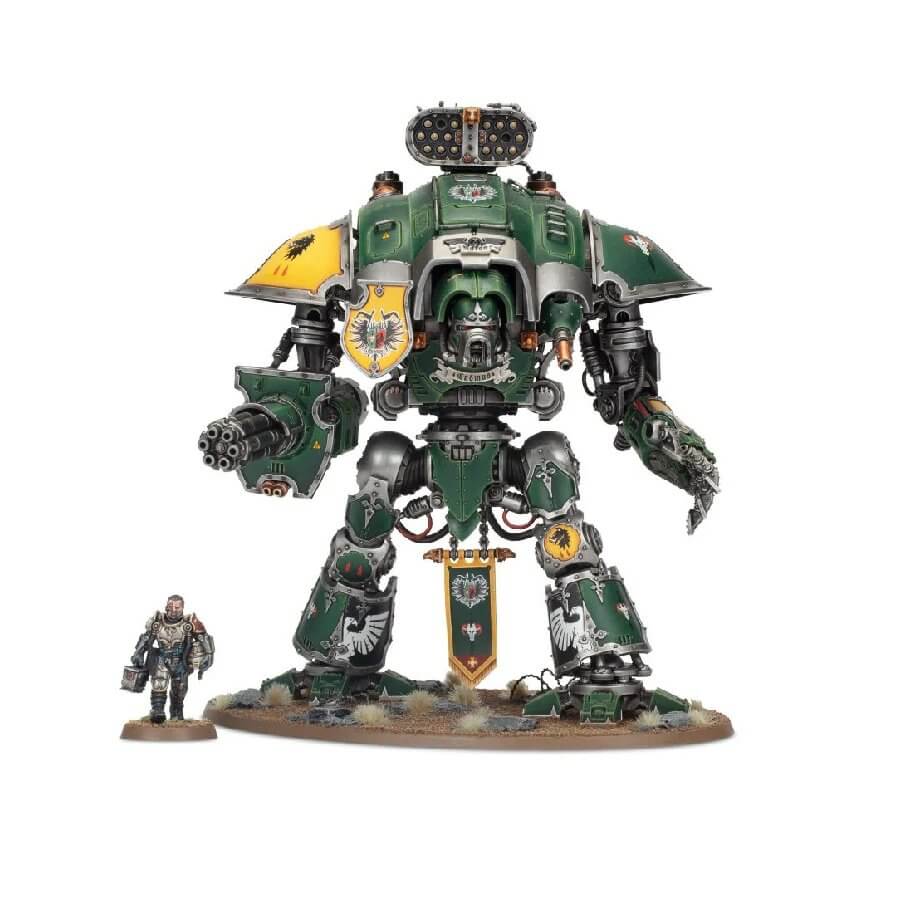
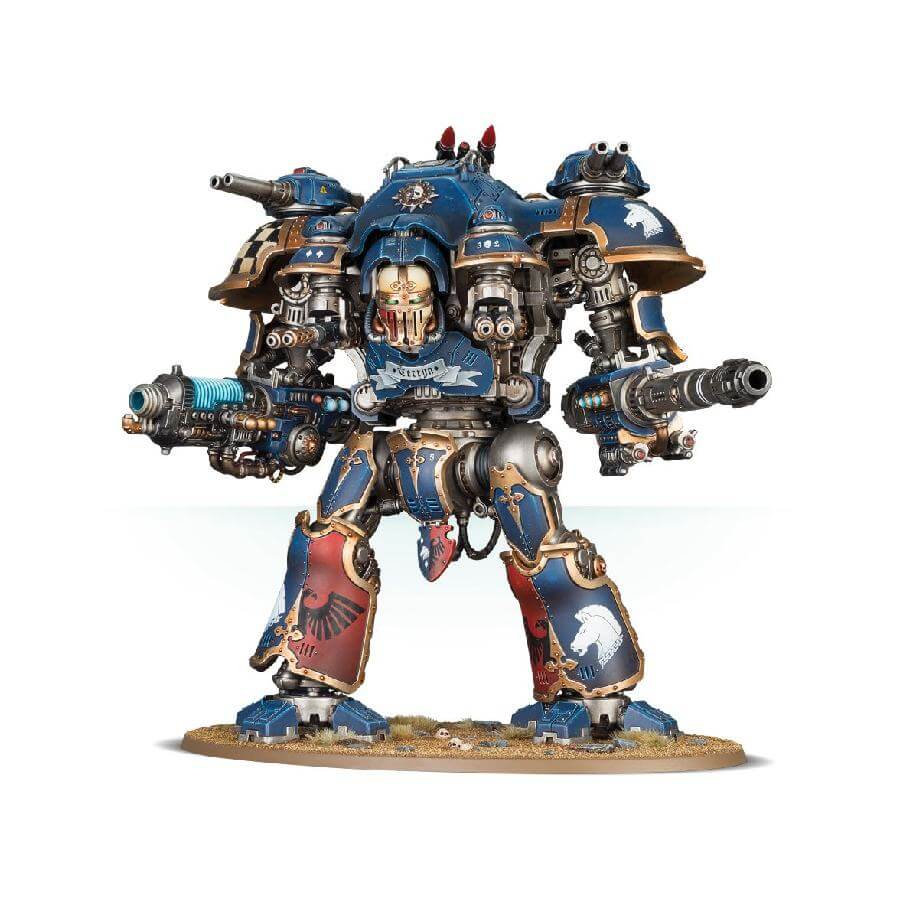
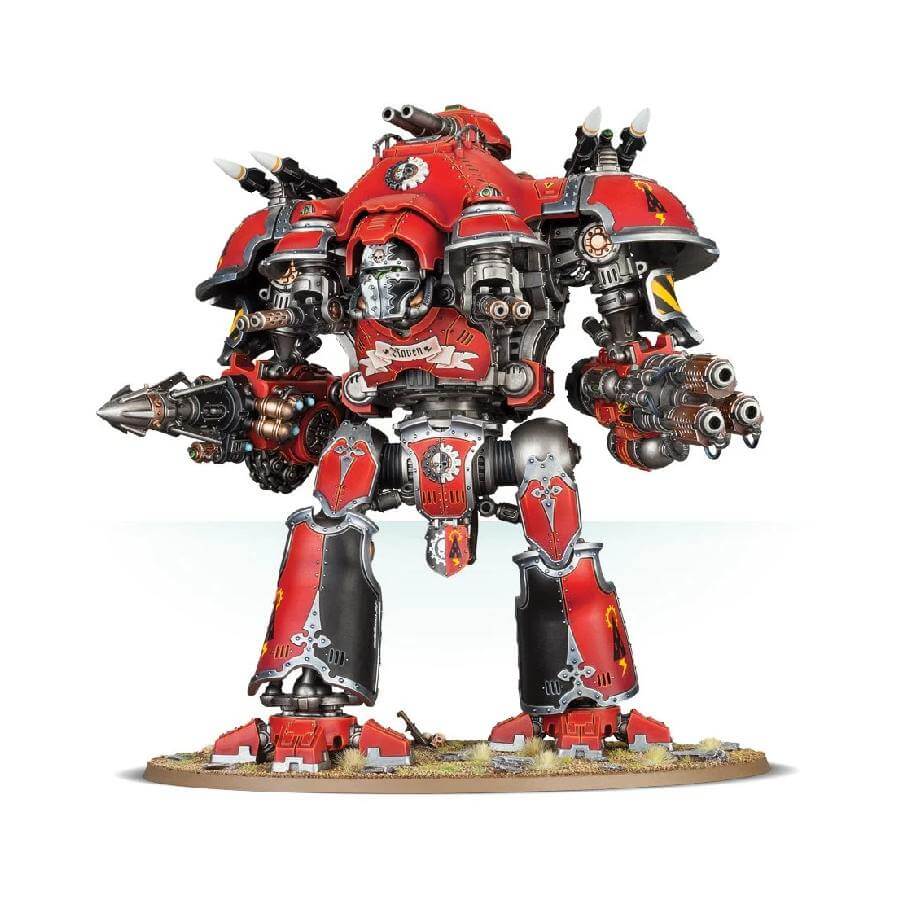
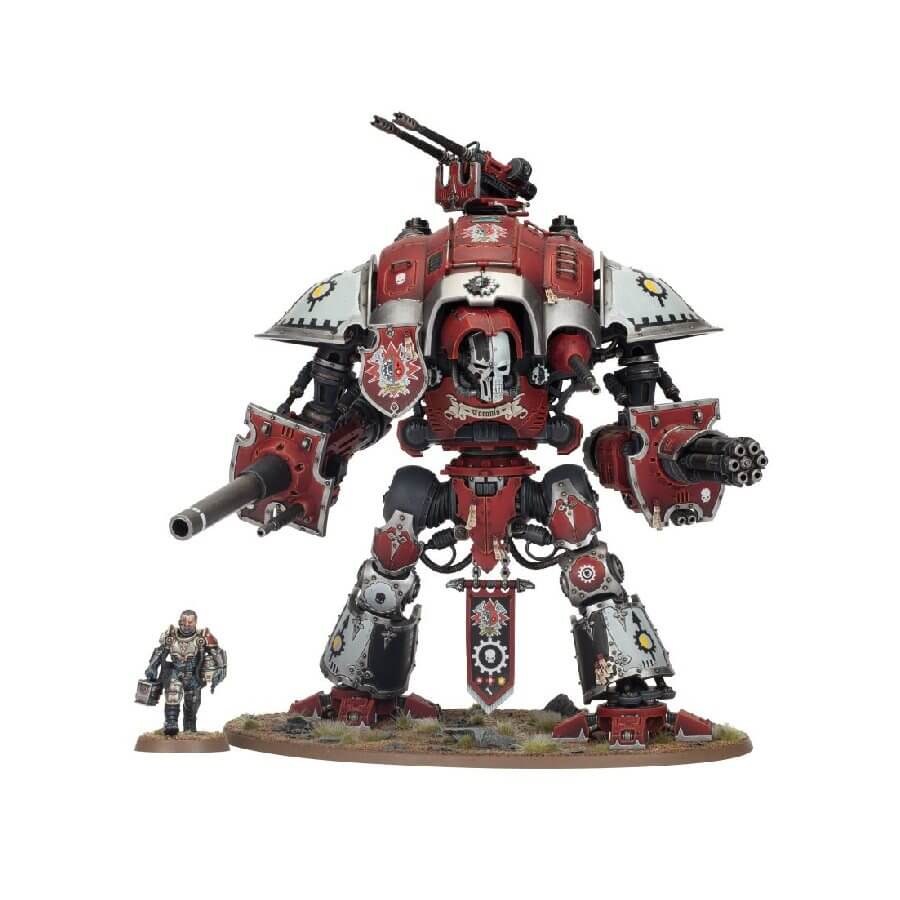
Guardians of Technology: The Monopoly Over Imperial Tech
The Adeptus Mechanicus’s role as the guardians of technology is a double-edged sword. While they preserve and maintain the technological achievements of humanity, their strict dogmas and religious fervor often hinder innovation and the development of new technologies.
They view themselves as the protectors of the Machine God’s gifts, and this often leads to a rigid approach to technological development.
Their monopoly over technology also means that they have significant control over the other branches of the Imperium, as all depend on the Mechanicus for their technological needs.
This control extends to a strict regulation of technology, often declaring certain technologies as heretical or restricting their use to only the most trusted of Imperial servants.
The Price of Progress: From Organic to Machine
One of the most intriguing aspects of the Adeptus Mechanicus is their view on the progression from organic to machine.
The Tech-Priests of Mars see the flesh as weak and prone to failure, leading them to replace parts of their bodies with mechanical augmentations.
This transformation is both a spiritual and practical journey, bringing them closer to the Machine God while enhancing their abilities to interact with and maintain technology.
The ultimate goal for many within the Mechanicus is to replace as much of their organic form as possible, achieving a purer, more machine-like state.
This process reflects the Mechanicus’s beliefs about the superiority of the machine over flesh, and it’s a testament to their commitment to the pursuit of knowledge and perfection in the form of the ultimate synthesis of man and machine.
Notable Conflicts and Campaigns involving the Adeptus Mechanicus
Throughout the millennia, the Adeptus Mechanicus has played a crucial role in numerous conflicts and campaigns within the Warhammer 40,000 universe.
Their technological prowess and military might have been pivotal in defending the Imperium’s interests and pursuing their relentless Quest for Knowledge.
This exploration delves into the challenges they faced in the fractured galaxy post-Horus Heresy and highlights key battles and strategic movements that underscore their importance in the ongoing galactic struggle.
The Dark Imperium: Challenges in a Fractured Galaxy
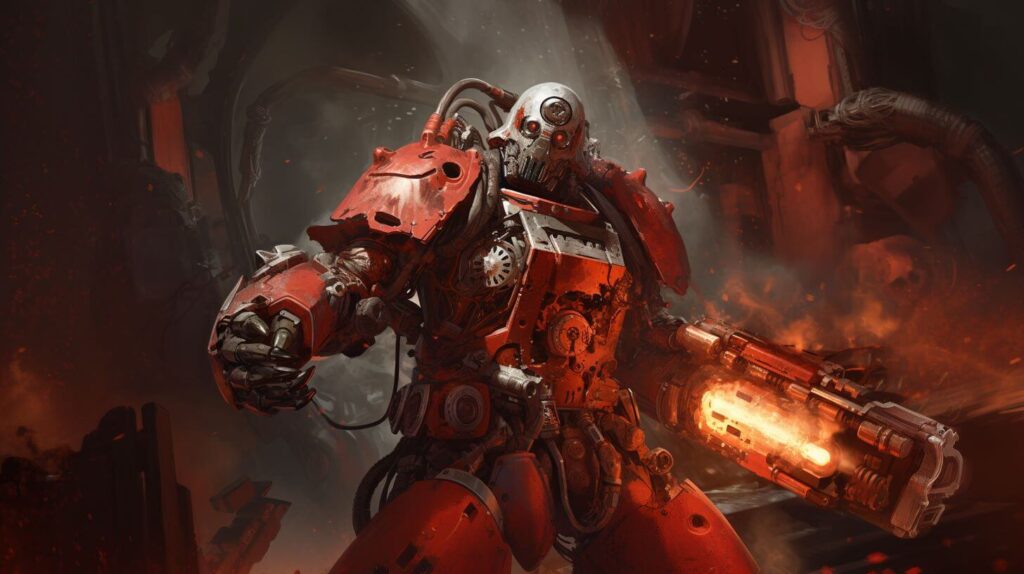
With the birth of the Great Rift and the onset of the Dark Imperium, the Adeptus Mechanicus faced unprecedented challenges.
Key Forge Worlds were cut off, creating a crisis in resource allocation and technological maintenance across the Imperium. The Mechanicus, known for their strict adherence to routines and processes, had to adapt quickly to these new realities.
They organized fleets to reconnect with isolated sectors, striving to maintain the integrity of their vast technological domains. This era tested their resourcefulness and resilience, pushing them to innovate and strategize in ways they hadn’t before.
The Mechanicus’s efforts during this tumultuous period were crucial in holding the fractured Imperium together, showcasing their vital role as the backbone of Imperial technology and industry.
Key Battles and Strategic Movements
Throughout its history, the Adeptus Mechanicus has been involved in several key battles and strategic movements that have significantly influenced the course of the Imperium’s wars. One notable example is their defense of vital Forge Worlds like Ryza, renowned for its plasma technology, against Ork invasions and Chaos assaults.
These battles often see the deployment of Skitarii legions and Titan Legions, demonstrating the Mechanicus’s military capabilities.
Another example is their involvement in the War for Armageddon, where their technological expertise and strategic deployment of resources played a critical role in the conflict.
Additionally, the Mechanicus’s exploratory missions in search of lost STCs and ancient technology have led them into numerous conflicts, underlining their importance in the preservation and advancement of Imperial technology.
These engagements highlight the strategic acumen of the Adeptus Mechanicus and their indispensable role in the Imperium’s ongoing struggle for survival and dominance in the galaxy.
Future Prospects and Theoretical Discussions
As the Adeptus Mechanicus moves forward into the 42nd Millennium, there are significant changes and challenges on the horizon.
The era post-Great Rift presents both obstacles and opportunities for this ancient and technologically advanced faction. The balance between their deeply rooted traditions and the need to adapt to a rapidly changing galaxy will be crucial.
This segment explores how the Mechanicus might evolve in response to these new challenges, considering theoretical advancements in technology, shifts in their internal dynamics, and their ongoing role within the wider Imperium.
The Changing Face of the Mechanicus in the 42nd Millennium
The 42nd Millennium is a period of potential transformation for the Adeptus Mechanicus. Faced with new threats and a fractured galaxy, the Mechanicus may need to reconsider some of its age-old doctrines and practices.
This could involve embracing more innovative technologies and methodologies, while still upholding the core principles of the Cult Mechanicus. Such changes could impact their internal structure, strategic alliances, and their approach to the Quest for Knowledge.
Speculations and Theories: The Path Ahead
Speculating about the future of the Adeptus Mechanicus, several theories emerge. One possibility is the increasing integration of alien technology, given the escalating encounters with Xenos species.
Another is the potential for internal schisms, as different factions within the Mechanicus might have diverging views on how to navigate the new challenges.
There’s also the intriguing prospect of a greater role in galactic politics, possibly leading to a redefinition of their relationship with the Imperium’s ruling bodies.
These are speculative scenarios that could significantly alter the trajectory of the Mechanicus in the unfolding narrative of the Warhammer 40,000 universe.
Related articles:

